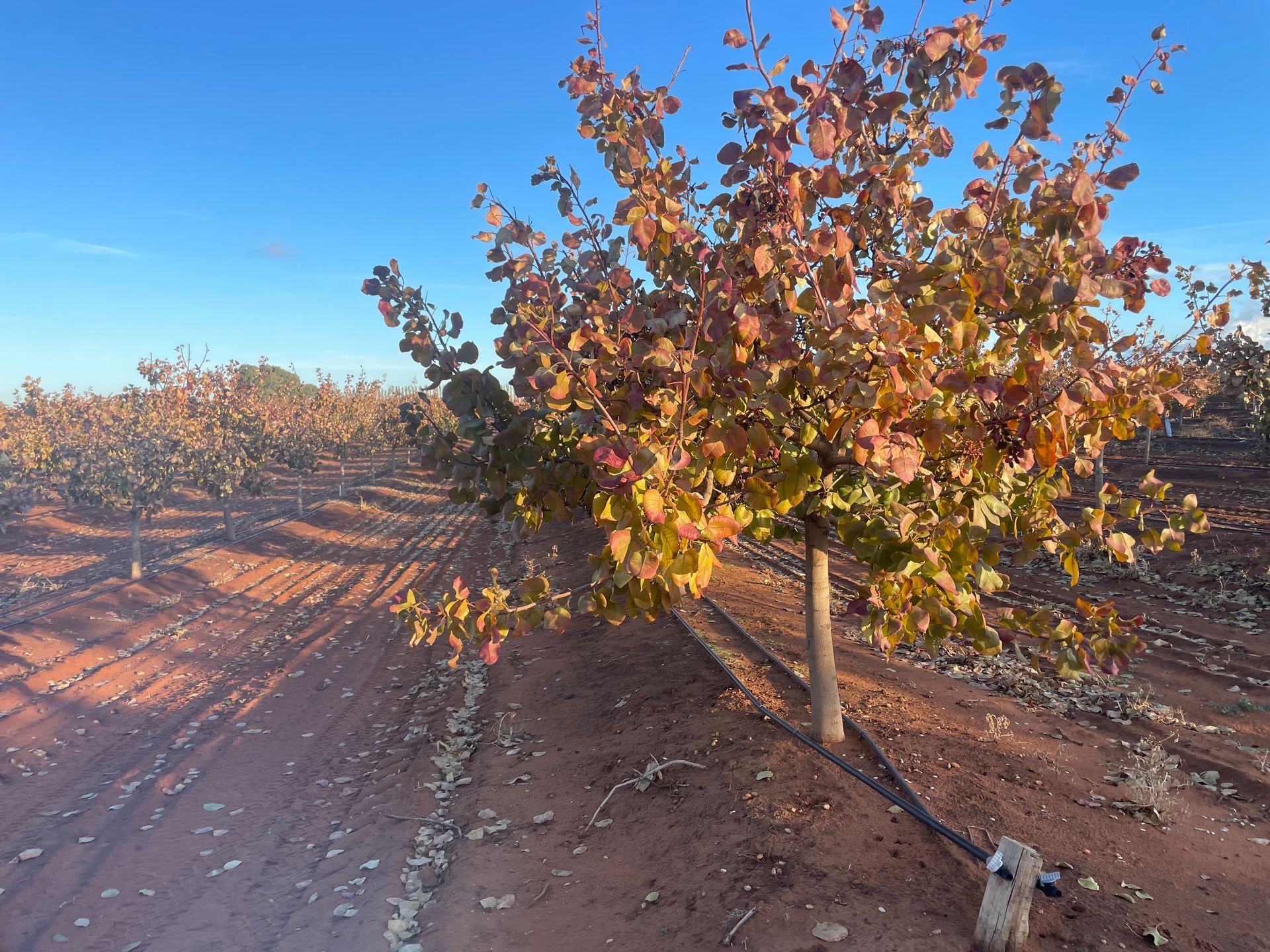The one Aussie industry booming despite economic turmoil
Published by Duncan Murray via news.com.au on 08/06/2022
Australia is expected to deliver its best summer crop on record despite a challenging year for farmers. An estimated yield of 5.5 million tonnes for 2021–22 will help overall agricultural exports surpass an expected $80bn for a second consecutive year. The new report by the Australian Bureau of Agricultural and Resource Economics and Sciences (ABARES) painted a shining picture of Australia’s fortunes.
Heavy rainfall across Queensland and northern NSW in the early part of 2022 added to excellent conditions throughout the summer. The rainfall was not without casualties however, with some farms hit by flooding, weather damage, harvest delays and, in some cases, the total loss of crops.
The impact was fairly localised, however, and had little impact on national volumes, according to ABARES. GrainGrowers chair Brett Hosking said surging prices for exports were an opportunity for farmers to get a better return on their product. “We’re seeing more hectares go in as growers do try and chase some of the higher prices – knowing that the prices won’t necessarily be around forever,” he said.
Summer harvests of grain sorghum and cotton lint are forecast to be the best ever on the back of high yields and record plantings. Winter crops going in the ground are also expected to deliver some of the best yields the country has ever seen with an estimated fourth highest production level of 50.9 million tonnes. Wheat, barley and canola are all expected to surge well beyond the past decade average and deliver strong prices overseas.
With higher rainfall in the eastern states and Western Australia came good soil moisture, perfect for planting winter crops. Again, the rain has caused some areas to become waterlogged and reduced planting. Mr Hosking said some crops were also well behind schedule for planting due to the soggy conditions. “We’re seeing the wet weather causing some challenges. That being said, if you’ve got moisture in the ground that’s an opportunity if you can get the crop in and have it there to support it,” he said.
A smaller area of crops than last winter is expected to be planted as a result – although specific varieties of wheat and canola have increased in overall planting area because of high prices. Mr Hosking added the conditions throughout the winter season could still throw up many challenges – from flooding and hail to frost events. “Hopefully, none of that eventuates and the season continues to support the growers and they do have another cracking year,” he said.
National Farmers’ Federation president Fiona Simson pointed out production costs had surged during the pandemic, putting extra strain on farmers’ incomes.
“Prices for fertiliser, fuel and power are on a rocket ride to the moon,” Ms Simson said. She added worker shortages caused by the pandemic had also put a “handbrake” on production and “will only worsen later in the year during the crucial harvest period”.
Production costs of things like fertiliser tend to affect smaller operations more, with larger farms more able to hold adequate stocks and maximise returns by using farm machinery, according to ABARES. Ms Simson called on the Albanese government to help problem solve how to keep production costs reasonable and stop them being passed on to the consumer. “Another $80bn year means we are well on the way to achieving our goal to be a $100bn industry by 2030, but now is the time to ensure we’re ready for when seasons and markets inevitably turn,” Ms Simson said.



